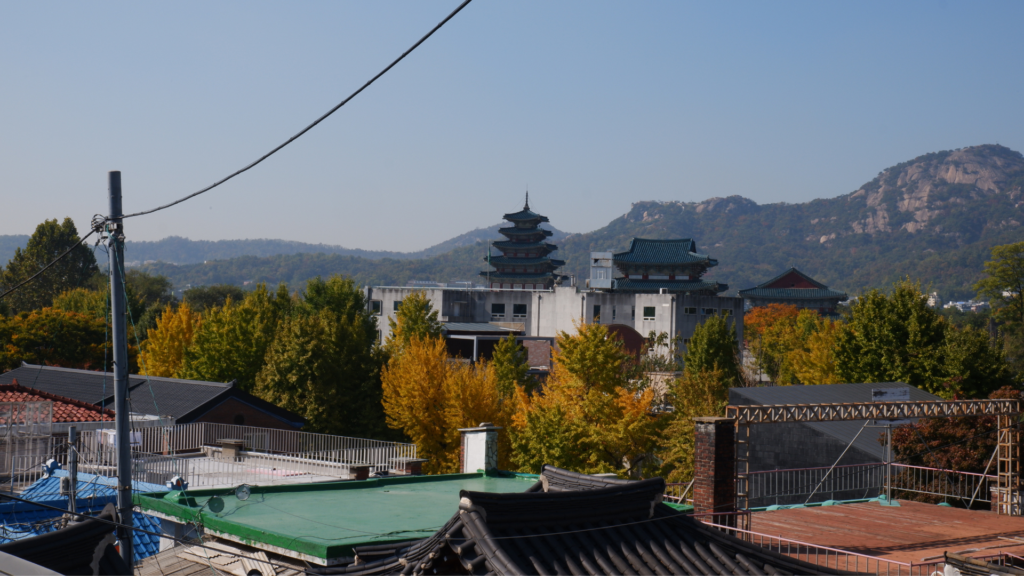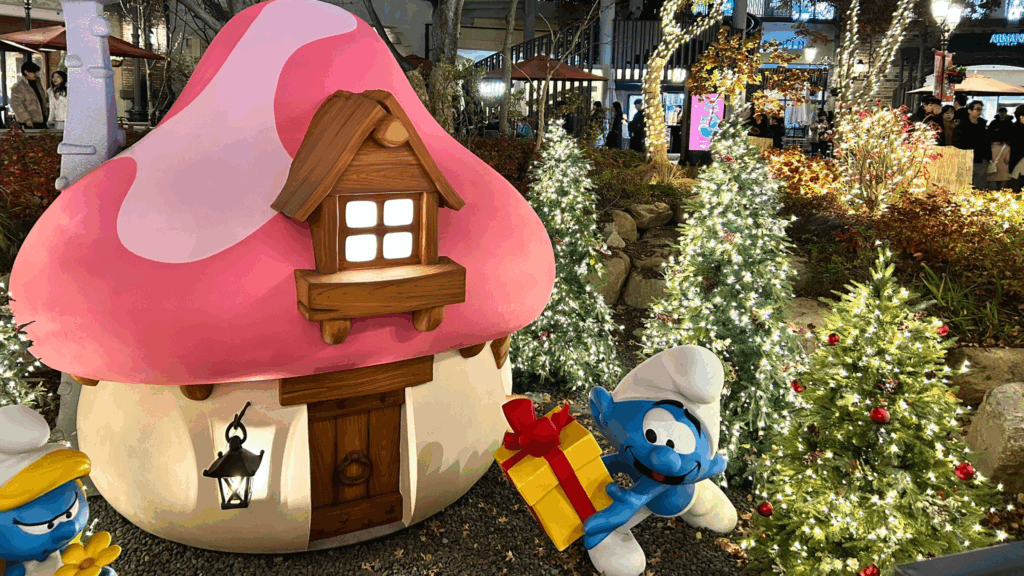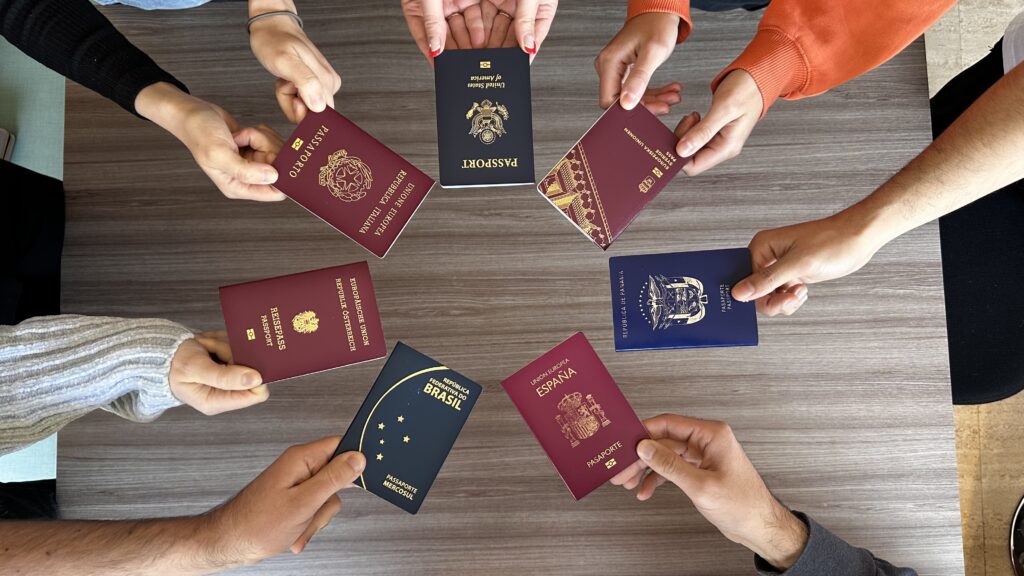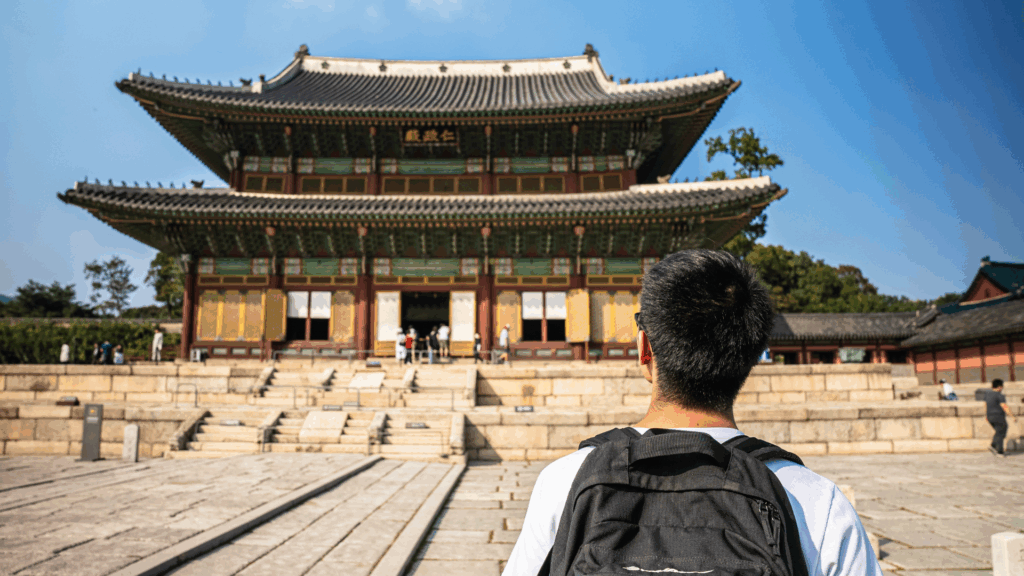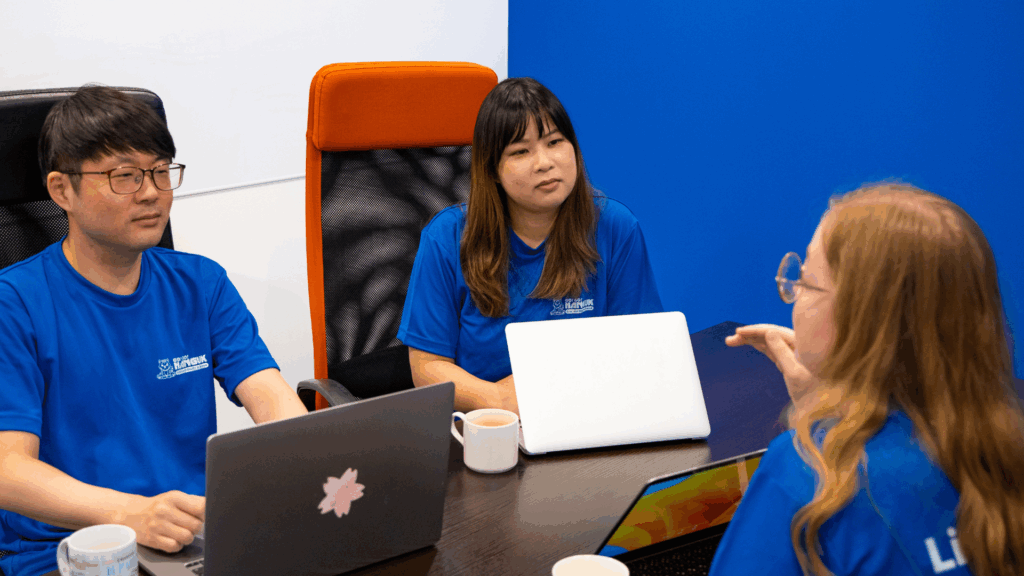Changdeokgung is a palace situated east of Gyeongbokgung (경복궁), next to Changgyeonggung (창경궁).
The name of the palace means a palace of prosperous virtue. It was constructed in 1405 as a second palace of the Joseon Dynasty by King Taejong (태종). It is situated in a large park in the Jongno district of Seoul. Since it is situated east of Gyungbokgung, it is sometimes referred to as the Eastern Palace (동궐)). Like the other two palaces, this one was also destroyed during the Imjin War (임진왜란) when the Japanese attacked. It was rebuilt in 1610 by King Seonjo (선조), becoming the main palace for 270 years until Gyeongbokgung was restored. The royal court was held in this palace and therefore remained the seat of government till 1868. The last Korean emperor King Sunjong (순종) resided in this palace till his death in 1926.
Changdeokgung structures
 Changdeokgung is also situated in front of Bugaksan (부각산), and had the Geumcheon (금천) stream flowing in front of it. The palace compound contains areas where matters of governance were carried out. Donhwamun (돈화문) is the main palace gate that was built in 1412. It was burned in 1592 and rebuilt in 1608. As with other Joseon era palaces, the main gate is followed by a bridge under which Geumcheon used to flow. The bridge is called Geumcheongyo (금천교). Built in 1411, it is the oldest Joseon era bridge existing in any of the palaces. Governance was conducted in Injeongjeon (인정전) and Seonjeongjeon (선정전). Injeongjeon Hall was the throne hall of this palace, and was used for the coronation ceremonies of new kings. Seongjeongjeon hall was where the king met officials to discuss affairs of the state.
Changdeokgung is also situated in front of Bugaksan (부각산), and had the Geumcheon (금천) stream flowing in front of it. The palace compound contains areas where matters of governance were carried out. Donhwamun (돈화문) is the main palace gate that was built in 1412. It was burned in 1592 and rebuilt in 1608. As with other Joseon era palaces, the main gate is followed by a bridge under which Geumcheon used to flow. The bridge is called Geumcheongyo (금천교). Built in 1411, it is the oldest Joseon era bridge existing in any of the palaces. Governance was conducted in Injeongjeon (인정전) and Seonjeongjeon (선정전). Injeongjeon Hall was the throne hall of this palace, and was used for the coronation ceremonies of new kings. Seongjeongjeon hall was where the king met officials to discuss affairs of the state.
 The royal residence consisted of Huijeongdang (희정당), Daejojeon (대조전), Seonjeonggak (선정각) and Nakseonjae (낙선재). Huijeongdang hall was originally designed for the king’s residence. It gradually turned into his workplace. However the original structure for this building was destroyed in a fire in 1917 and later rebuilt. The queen resided in Daejojeon hall. It was also destroyed in the fire of 1917 and the current structure has materials taken from Gyeongbokgung. Despite much damage to the palace, Changdeokgung remains one of the most well preserved palaces among the five Joseon era structures situated in Seoul. The Nakseonjae Complex is a separate residential area which was built in 1847 by King Heonjong (헌종). This residence was built especially for King Heonjong’s concubine Gyeongbin (경빈), who was to bear him an heir since his wife, Queen Myeongheon (명헌) was unable.
The royal residence consisted of Huijeongdang (희정당), Daejojeon (대조전), Seonjeonggak (선정각) and Nakseonjae (낙선재). Huijeongdang hall was originally designed for the king’s residence. It gradually turned into his workplace. However the original structure for this building was destroyed in a fire in 1917 and later rebuilt. The queen resided in Daejojeon hall. It was also destroyed in the fire of 1917 and the current structure has materials taken from Gyeongbokgung. Despite much damage to the palace, Changdeokgung remains one of the most well preserved palaces among the five Joseon era structures situated in Seoul. The Nakseonjae Complex is a separate residential area which was built in 1847 by King Heonjong (헌종). This residence was built especially for King Heonjong’s concubine Gyeongbin (경빈), who was to bear him an heir since his wife, Queen Myeongheon (명헌) was unable.
Iconic location in Dae Jang Geum (대장금)
An interesting fact about Changdeokgung is the fact that it was the shooting location for Dae Jang Geum. It is an iconic Korean drama which garnered much appreciation across the world. It is also translated to Jewel in the Palace in English. This is one of the dramas that helped in the initial spread of the Korean Wave internationally. It narrates the story of a kitchen cook who happens to be an orphan. She eventually becomes the king’s personal physician. A story of the empowerment of women, it shows the hard work women put into tasks in order to be successful. The story is in fact, a true one, since such a woman did exist during the Joseon dynasty. The drama has come to represent Korean culture as it displays both the royal cuisine and explores traditional medicine.
While Changdeokgung is definitely a place to visit, Dae Jang Geum is also a drama that is worth watching! You can enjoy this palace and more on our Spring Course Study Trip!

